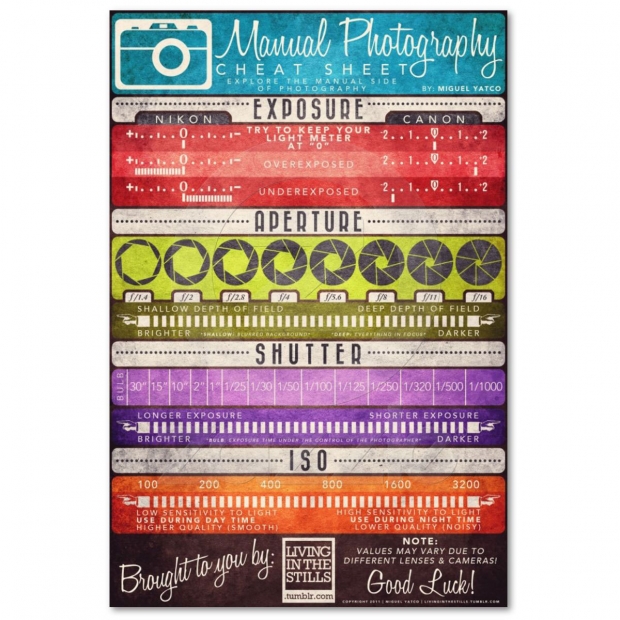What Every Professional Photographer Should Know About Illumination
What Every Professional Photographer Should Know About Illumination
Blog Article
Developed By-Beck Brady
As a digital photographer, you recognize that lighting can make or damage your images. Recognizing the subtleties of both all-natural and fabricated light is vital for catching the state of mind and quality you aim for in your job. Whether you're chasing the best golden hour radiance or adjust your fabricated configurations, understanding these components can raise your digital photography significantly. Yet there prevail risks that several overlook, and acknowledging them can transform your technique to every shoot. Let's explore what Business headshot photography might be missing and exactly how it can influence your results.
Understanding All-natural Light
Understanding natural light is crucial for any kind of digital photographer seeking to enhance their job. It's the structure of wonderful photography, influencing state of mind, tone, and clarity. When you shoot outdoors, pay attention to the time of day. The golden hour-- soon after dawn and before sundown-- uses soft, cozy light that can transform normal scenes right into spectacular pictures.
Do not undervalue the power of cloudy days. Cloud cover diffuses sunlight, producing a soft, even light that's ideal for portraits and macro photography. You'll discover colors pop in this kind of illumination without harsh darkness.
Placing matters, as well. Always consider your topic's positioning to the source of light. If the sunlight's behind your subject, you may wind up with a shape, which can be remarkable however mightn't be what you desire. Alternatively, straight sunshine can produce unflattering darkness.
Explore angles; sometimes, transforming your viewpoint can yield fantastic results. Usage https://postheaven.net/ines78curt/just-how-to-pick-the-right-video-camera-for-your-photography-demands -natural reflectors, like water or sand, to bounce light onto your topic, including dimension.
Learning Artificial Light
Mastering fabricated light is essential for professional photographers that want to take their skills to the following degree. Whether you're utilizing speedlights, studio strobes, or continuous lights, comprehending how to manipulate these sources can substantially boost your images.
Start by acquainting yourself with the essentials of light high quality, direction, and color temperature level. Try out different modifiers like softboxes, umbrellas, or grids to control the softness or harshness of the light.
You'll discover that soft light frequently produces flattering outcomes, while harsher light can include dramatization and deepness. Do not avoid shadows; they can improve the three-dimensionality of your topics.
Pay attention to the positioning of your lights. A light positioned also close to your topic can produce unflattering results, while too far can lead to an absence of detail. Use see it here or your camera's pie chart to ensure you're exposing properly.
Finally, remember that man-made light can be combined with ambient light for creative results. Stabilizing these sources could take method, once you master it, your photography will truly beam.
Techniques for Various Circumstances
When you enter various shooting scenarios, adjusting your lights methods is crucial for recording the best photos. For outdoor portraits, use the gold hour-- early morning or late afternoon light-- to soften shadows and improve skin tones.
If it's an extreme midday sun, consider utilizing a reflector to bounce light back onto your topic or look for shaded areas for a much more even exposure.
In low-light scenarios, like indoor occasions, enhance your ISO and utilize a vast aperture to allow in more light. A tripod can help remove video camera shake, enabling longer exposures without obscuring.
If you're shooting at evening, explore off-camera flash to create dynamic illumination and depth in your images.
For product digital photography, make use of diffused illumination to avoid extreme representations. Softboxes or light outdoors tents can assist achieve this effect.
When photographing landscapes, think about the instructions of light and time of day, as it can significantly change the state of mind of your shot.
Constantly be ready to readjust your settings and positioning based upon the situation, as adaptability is vital to grasping lights in digital photography.
Conclusion
Finally, understanding lights is crucial to raising your digital photography skills. Embrace all-natural light's beauty throughout gold hour, and don't shy away from experimenting with artificial light methods. By adjusting your approach to different scenarios, you'll record spectacular pictures that resonate with emotion and clearness. Bear in mind, the appropriate illumination can change a normal shot into something phenomenal, so maintain exercising and fine-tuning your understanding of both all-natural and synthetic light. Happy capturing!
